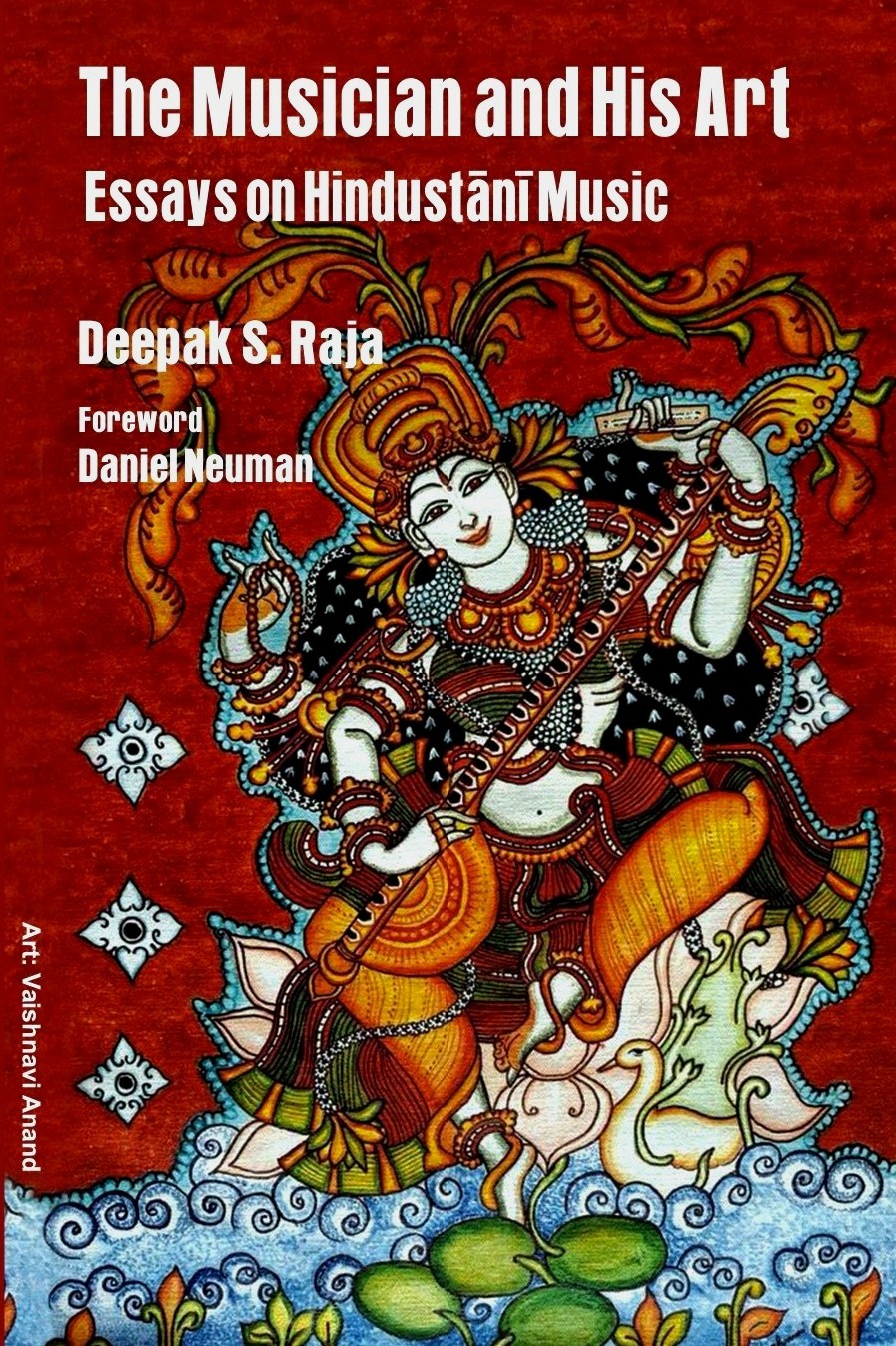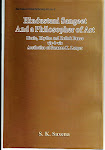 Introduction: Somnath Mardur (born: 1944) is an unassuming musician, whose world has so far been limited to local radio broadcasts, and concert appearances in, and around, his native Dharwad. His musicianship may have remained unnoticed by the world outside, had it not been for his son and disciple, Kumar (born: 1982), who is now rated amongst the most promising vocalists of his generation. Somnath studied under the eminent Kairana maestro, Basavraj Rajguru (died: 1991), and is an “A” grade artiste on All India Radio. Beyond his formal tutelage, he also admits to a significant influence of the Gwalior-trained original, Kumar Gandharva.
Introduction: Somnath Mardur (born: 1944) is an unassuming musician, whose world has so far been limited to local radio broadcasts, and concert appearances in, and around, his native Dharwad. His musicianship may have remained unnoticed by the world outside, had it not been for his son and disciple, Kumar (born: 1982), who is now rated amongst the most promising vocalists of his generation. Somnath studied under the eminent Kairana maestro, Basavraj Rajguru (died: 1991), and is an “A” grade artiste on All India Radio. Beyond his formal tutelage, he also admits to a significant influence of the Gwalior-trained original, Kumar Gandharva.Mardur spoke to Deepak Raja on March 30, 2004.
I received my initiation in music at the age of eight with Veerappayya Swami, an ascetic musician, who followed the Gwalior style. After three years with him, I started studying with Basavraj Rajguru.
Basavraj is known as a stalwart of the Kairana gharana. But, he was heir to a more complex legacy. He was a disciple of Panchakshari Swami (died 1944), a mystic-musician, who ran an ashram (a seminary-cum-conservatory) in Gadag (near Dharwad) with a couple of hundred students. Basavraj was trained, for several years, by Swamiji from 4.00 am to 7.00 am every day. Panchakshari Swami had been trained originally as a South Indian (Carnatic tradition) musician. Under the influence of Sawai Gandharva (the principal disciple of the Kairana founder, Ustad Abdul Karim Khan) who hailed from our part of the country, Swamiji was attracted to the Kairana style. So, he became a disciple of Ustad Abdul Waheed Khan (Abdul Kareem Khan’s uncle and associate). Then – I am not sure about the year -- Abdul Waheed Khan migrated to that part of India, which later went to Pakistan,. So, Panchakshari Swami continued his training in Hindustani music with Neelkanthbuwa Alurmath of the Gwalior gharana. My Guru, Basavraj Rajguru was a product of this background.
I studied with him starting in my teens, and remained attached to him until his end (died: 1991). But, I was hungry for newer ideas, and got them from wherever I could. For a few years towards the end of his life, Mallikarjun Mansoor (died: 1992), also taught me. From him, I learnt several ragas and bandish-es of the Jaipur-Atrauli gharana. Other than my direct Gurus, Bhimsen Joshi, Bade Ghulam Ali Khan, and Kumar Gandharva have also influenced me. Amongst these, Kumar Gandharva was unique. He was a self-made musician who followed nobody. He founded a one-man gharana with no disciples. The depth and complexity of his music were unfathomable. He was inimitable, and yet he influenced many musicians.
My performing career began in 1961 (age:17), when I stood first in the All India Radio competition. Thereafter, I have been broadcasting for over 35 years, and occupy the “A” Grade today. Very few people outside this region have heard of me. But, I have lived entirely off my abilities as a performing musician. In the early years, I taught music in schools and colleges. But, I found it impossible to combine that kind of work with my own pursuits as a musician. In Dharwad, where I live – unlike a big a city like Bombay -- even private tuitions cannot be a source of livelihood.
All significant musicians in our region have had secure jobs to keep the home fires burning. I have no agricultural land or property to live off. So, mine was a hard choice to make. I had confidence in my music, and that enabled me to live a life of self-respect, build a small house, and bring up my children. Moving to a bigger city has never seemed either possible or attractive. The Dharwad region is rich in its musical tradition. Life is peaceful and uncomplicated. It is only here that I could give my children the attention they have received. Shaping them into first- class musicians was my highest priority. They are free now to go out into the world, and achieve according to their potential. I am proud that they are receiving recognition and encouragement from the most discerning people.
(c) Deepak S. Raja
Read a detailed profile of the artist in: "Khayal Vocalism: Continuity within Change".
The finest recordings of Somnath Mardur have been produced by India Archive Music Ltd., New York.















